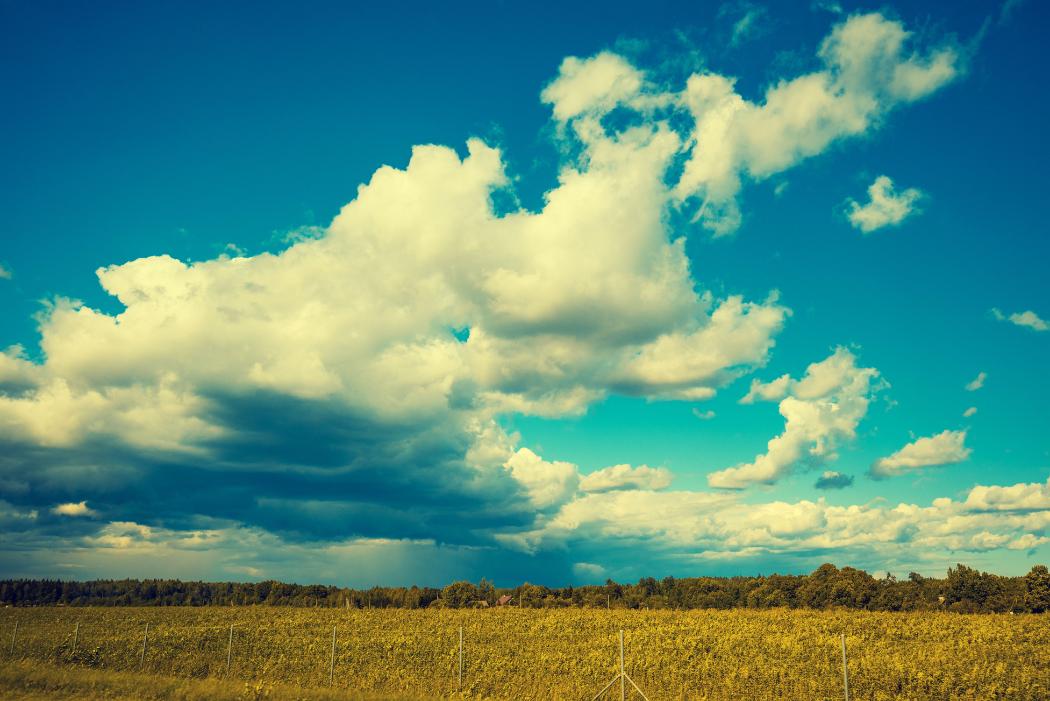Project rationale and overview
The floating ice shelves that fringe 45% of Antarctica (Fig. 1) are potentially highly sensitive indicators of climate change, because they are thought to have an abrupt limit of thermal viability that, when exceeded, leads to their collapse. However, understanding and interpreting ice shelf change is difficult because the processes that control ice shelf response to external effects, including the nature of their interaction with the surrounding ocean, are not well understood.
The aim of this research is to examine the behaviour of the McMurdo Ice Shelf (Figure 2) in the Ross Sea Sector of Antarctica, and to find out how it has changed over the last century. In particular, we want to establish how sensitive the extent, thickness and flow of the ice shelf are to changes in climate inputs. The current state of the ice shelf will be determined from a combination of field-based data collection, analysis of information derived from satellite images, and mathematical modelling. We will compare our present-day measurements of ice shelf area, thickness and velocity with historical data to see how the situation has changed over the last century, and to predict how it may change in the future.
Research goals and approach
The overall goals of this research are: (1) to establish the current state of the McMurdo Ice Shelf; (2) to determine the nature of changes through the last century, since measurements were first made there; and (3) to determine the response relationship between measured changes and the climate record. The emphasis of the work is on process-based understandings of environmental change behaviour, with an IPCC-type timescale view of 101-102 years. The research is interdisciplinary, involving glaciologists, sedimentologists, and oceanographers.
The overall methodological approach combines field data collection with remote sensing analysis and numerical modelling. Satellite radar interferometry will be used to calculate velocities, which will be ground truthed with field measurement. Melt and accretion rates at the base of the ice shelf will be calculated using numerical modelling.
Progress to date (as at June 2004)
The first fieldwork season was successfully completed in the Antarctic during the period November 2003-January 2004. A network of 53 stakes was established across the ice shelf in November, from Koettlitz Glacier in the west, to the boundary with the Ross Ice Shelf in the east. The changing position of these markers was monitored through the summer. Preliminary processing of the GPS data indicates that short term summer velocity varies from more than 160 m a-1, to less than 5 m a-1 across the ice shelf. Thickness measurements suggest that there has been some thinning of the ice shelf since thickness was measured in the 1960s.
Detailed analysis of the results of the first field season, remote sensing analysis of velocity, and analysis of information derived from debris characteristics on the ice surface are all under way.
Resourcing
This research is supported by various organisations. Key support is currently received from:
- University of Canterbury
- Antarctica New Zealand
- Leverhulme Trust UK
- NASA
Papers in draft
Glasser N F, Goodsell B, Copland L and Lawson W, forthcoming, Debris transport and despotion on the McMurdo Ice Shelf, Antarctica, Arctic Antarctic and Alpine Research.
Clendon P, Lawson W and Spronken-Smith R, forthcoming, Surface energetics of the debris-covered ice on the McMurdo Ice Shelf, Antarctica, Annals of Glaciology.
Researchers Involved
- Wendy Lawson, Principle Investigator
- Luke Copland, post-doctoral research fellow
- Becky Goodsell, postdoctoral research fellow
- Michael Williams, NIWA Wellington
- Neil Glasser, Centre for Glaciology, University of Aberystwyth
- Sean Fitzsimons, University of Otago
- Penny Clendon, PhD student






